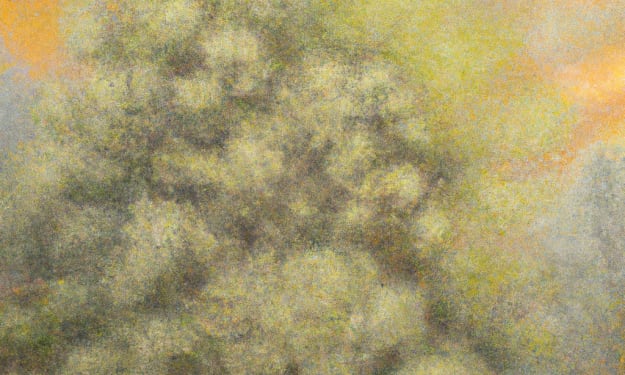Interview with a Top Web Designer: Insights into Their Process and Approach
Read the article to understand more.

Web design is one of the most important aspects of creating a website today. As the internet continues to play an increasingly critical role in our daily lives, the demand for efficient, functional and visually pleasing web design is higher than ever. The competition in the web design world is likewise fierce, with top companies and organizations carving out a space for themselves through innovative web design that stands out from the crowd. In this article, we speak to a top web designer in the industry, to gain insights into their process and approach.
Interviewee Bio:
Our interviewee is a top web designer with over a decade of experience in the industry. She has served as lead designer for multiple high-profile projects, including website redesigns for prominent public figures, Fortune 500 companies, and award-winning non-profit organizations. Her work has been featured on a range of publications and platforms, including Forbes, The New York Times, and Fast Company. Our interviewee is an advocate for responsive and user-centric web design that incorporates the latest technologies and design trends while maintaining usability and accessibility.
1. How do you approach a new web design project?
When beginning a new web design project, I typically start by identifying the client’s needs, goals, and target audience. Understanding their goals is essential in determining the approach to the project. The analysis is its own extensive process, and as soon as I completely understand the client's requests and objectives, I develop the UX (User Experience) strategy to guide the rest of the website design. It involves deep research into the project and target audience, competitor analysis, and understanding industry standards.
2. Tell us about your design process?
My design process starts with creating a wireframe that serves as a visual layout for the website. It ensures that the website is structured to suit the client's objectives and enhances user experience. After creating a wireframe, I proceed to create a design mockup that will showcase the website's visual appeal. The mockup focuses on the website's general aesthetics, including color schemes, flow, typography, images, and icons. It helps me to visualize the stakeholders' vision of the website while incorporating their design preferences and providing any feedback for revisions.
3. How do you incorporate responsiveness into your design?
A responsive design is a non-negotiable element of web design, given the rise of mobile devices. At early stages, it is common to now produce laptop, smartphone and tablet wireframe mockups to ensure the site translates well across different devices. The rollout of the responsive design should always advance the content as a priority objective, never compromising the site's speed while using resources to maximize the user's experience. The responsive design should lean towards a minimalist approach, an easy-to-access and straightforward layout with easy navigation.
4. How do you harmonize design aesthetics with functionality?
The quest to incorporate aesthetics with functionality is a delicate balance that must be executed well. The website design’s primary objective should be to showcase the website's general aesthetics, including the design's general flow, typography, color schemes, and the distribution of space to create a responsive, user-friendly website. In design, "less is more," and in most cases, simplicity is beauty. Nevertheless, there's a thin line between incorporating aesthetics with functionality. Where the web design team should always strike a balance in giving equal attention to functionality as well, prioritizing ease of use, simplicity and clear CTA's.
5. How do you verify the efficiency and efficacy of a website?
Prior to site launch, rigorous quality assurance testing at different stages must be executed to verify the site's efficacy and efficiency. It's essential to test whether the site's speed and functionality are as anticipated, the site can stand up to contents or traffic, confirming that the site is optimized, and content is discoverable through SEO. This process ensures that the site is user-friendly and responsive while concurrently adhering to best industry standards. Post-launch discussions with the clients are also essential to learn from their response and feedback to discover areas to be improved and areas that the design has nailed it.
6. What do you consider as an essential element of website design, and why?
In my humble opinion, user-centric design stands out as the most important element of website design. The website's user experience should always be at the forefront when designing the interface. This will ensure that the website is easy to navigate, comprehend, and use. Users should quickly identify what they’re searching for and how to get there, balancing between attractiveness and simplicity. Therefore, the design approach should be tailored towards the user's psychology, rather than solely towards the designer's preferences.
In conclusion, web design is an ever-evolving field that can be challenging to keep up with. The insights shared in this interview reiterate the importance of combining functionality and aesthetics to produce an engaging and visually appealing website that has scalable use. A web designer's ultimate objective should be to deliver a responsive, user-friendly, and accessible site that supports the client's goals while complying with best modules developed by regulatory authorities. The interviewee encourages other designers to keep exploring, experimenting, and pushing the boundaries of design to create simple, impactful, and innovative websites.
If you want to see my #1 top-rated web designer, Click here now.





Comments
There are no comments for this story
Be the first to respond and start the conversation.